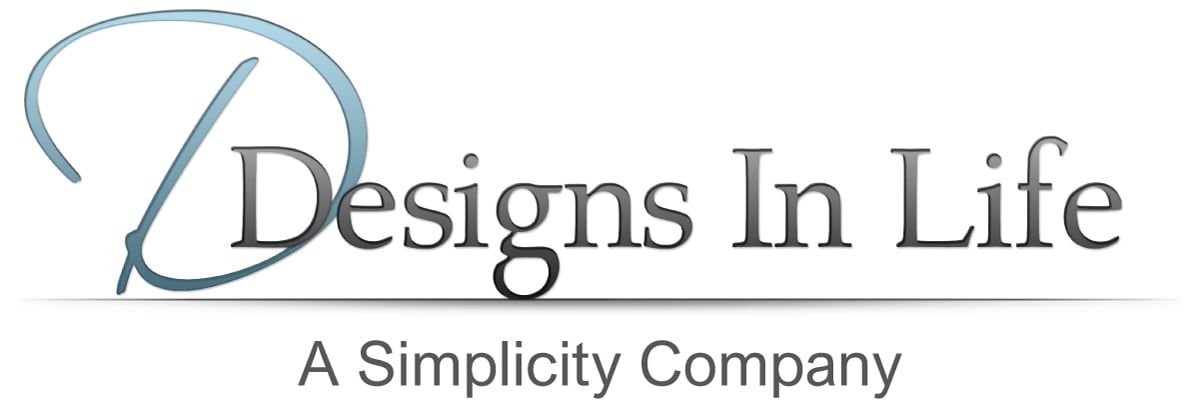LIFE INSURANCE: The Need Has Never Been Greater
Consider that 35 million U.S. households today have no life insurance coverage whatsoever, a dramatic increase from 24 million in 2004(1). If you want to see evidence of this, check out the obituaries in your local newspaper. Every time you see “In place of flowers, please support the [Name of family] Fund at [name of local Bank]”, you can almost always correctly assume that there was no life insurance in place on the deceased and the surviving spouse and children are undergoing severe financial hardship.
More than 40% of American households report they are under-insured and need more life insurance — the highest level ever reported. If you are not asking your clients questions about their current life insurance coverage, or including that type of discussion in your annual reviews, you are missing opportunities to help them avoid the situation described above.
The life insurance industry has moved its primary market focus to the upper- and high-net worth class. Why? Because those people did not obtain their economic rank by “paying retail”. They understand leverage and they practice it in their professions, business, and investment pursuits. Life insurance – in fact, all insurance – is about leverage: you pay a few dollars now for lots of dollars later should a devastating adverse financial event occur. That’s an easy concept for anyone in any socio-economic level to understand. Make sure that it is a central part of your discussion with your clients and prospects.
What’s the best type of life insurance to own? The kind that is in force when you die. Always keep that in the forefront of your interviews, discussions and fact-finding. Here are two proposed sales strategies for your consideration:
- If the need is great, and the budget is tight, sell as much fully convertible term as can be afforded.
- If the need is great, and the budget allows, sell a base amount of permanent insurance, and make up the difference in fully convertible term for a period of time in which the need for life insurance is greatest. (Note: typically, the death benefit of a convertible term life insurance policy can be reduced upon request at least once during the period of coverage, and a premium payment on many permanent plans of insurance is flexible and may be skipped without lapsing the policy if there are sufficient cash values to pay insurance costs.)
The point of those two suggestions is to stay focused on the one feature of life insurance that is unique in the financial services industry: the contract provides an income-tax-free lump sum of money to the beneficiary within about 10 working days of notification to the carrier of the death of the insured. All other policy benefits, features, and riders are secondary to that.
If a fully convertible term is sold, be sure to underscore the definition of convertibility: the policyowner may exchange/convert all or a portion of the term coverage to a permanent plan of insurance without the need to medically qualify. That can be huge factor if the insured’s health condition deteriorates prior to the end of the coverage period of the term plan. (The second suggestion above would at least partly solve such a problem.)
There are 35,000,000 households out there waiting for you to contact them. Make a goal to call five of your clients or policyholders per day and make appointments to discuss their life insurance. There has never been a greater need – nor a better sales opportunity – than now to help your clients and policyowners to become properly insured against pre-mature death.
(1) LIMRA International, 2011 Harris Poll on consumer insurance status.
